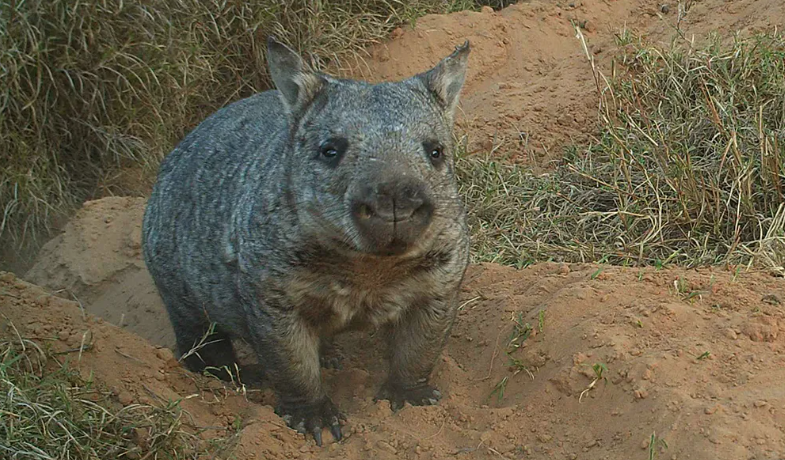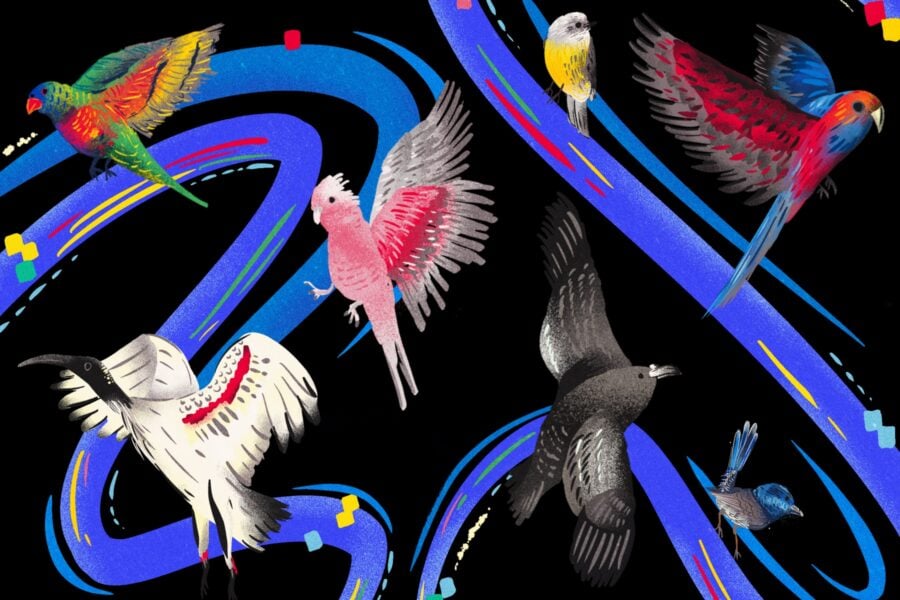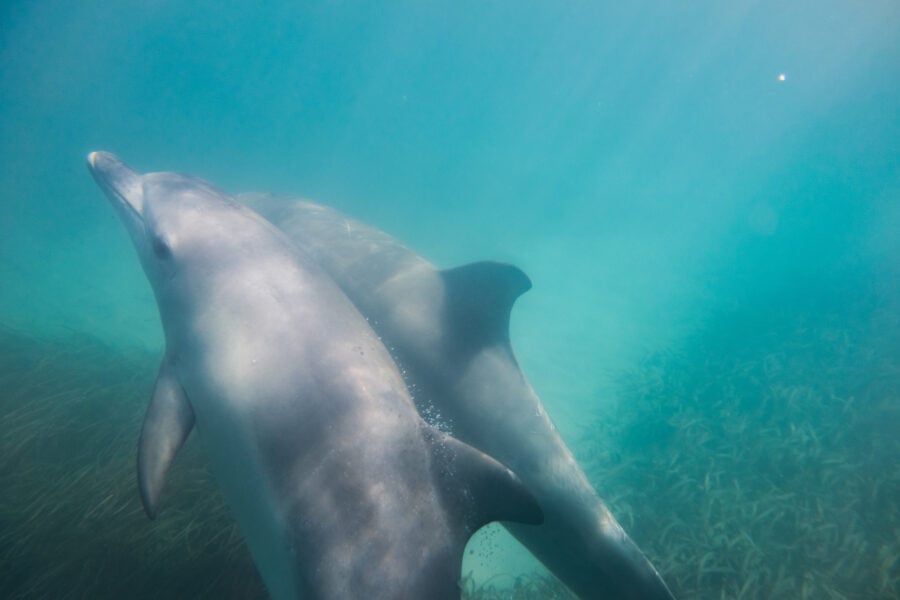Helping our northern hairy-nosed wombat back from the brink of extinction

Dr Alan Horsup celebrated two milestones in 2021. It was 50 years since Epping Forest in Queensland was gazetted as a national park – on 7 October 1971, preserving the habitat of the last remaining wild population of northern hairy-nosed wombats. And Alan marked 30 years of dedication to saving the world’s most endangered large marsupial from extinction. His efforts haven’t been in vain.
During the 1980s it was believed that only 35 individuals remained alive. But years of careful conservation measures – including behaviour monitoring, habitat management and predator control – by Queensland Parks and Wildlife Service under Alan’s leadership in his role as population manager, has seen the species’ numbers rise almost tenfold to an estimated 315. In 2009 a small population was introduced to Richard Underwood Nature Refuge near St George in southern Queensland. But most of the wild population is still at Epping Forest, located in the northern Brigalow Belt bioregion of Queensland near Clermont. This dependence on a single site poses too much of a risk for survival of the species, which, despite that increasing number, still teeters on the edge of extinction. So the conservation program is now looking for a third location into which the precious wombats might safely be introduced.
This is where a new national conservation organisation hopes to help. The Byron Bay Wildlife Hospital has teamed up with national environmental charity Odonata to establish Wildlife Recovery Australia (WRA). Chaired by Australian economist and conservationist Dr Ken Henry AC, WRA operates mobile wildlife hospitals and predator-proof sanctuaries. Through emergency response, expert veterinary services, research and rehabilitation programs, WRA aims to increase threatened and endangered species populations.
“There are only a handful of wildlife hospitals in Australia, and the burden of helping wildlife in peril falls upon local vets,” said Dr Stephen Van Mil, WRA founding director and founder and CEO of the Byron Bay Wildlife Hospital.
“By combining mobile wildlife hospitals with sanctuaries, we create ready and responsive assets to respond to wildlife under threat and provide predator-proof environments for the recovery of individual animals, as well as threatened and endangered species like the northern hairy-nosed wombat.”
National Hairy-Nosed Day falls on 11 May so don’t forget to wear your whiskers and get involved either by donating to our AGS fundraising effort for WRA and The Wombat Foundation, or contact The Wombat Foundation to find out how you can get involved with this very special Aussie animal.
Donate here.
NORTHERN HAIRY-NOSED WOMBAT FACT FILE
SCIENTIFIC NAME: Lasiorhinus krefftii
INDIGENOUS NAME: Yaminon
RANGE: Epping Forest NP and Richard Underwood Nature Refuge, Queensland
The northern hairy-nosed wombat is the largest of the three wombat species. It has a broad, hairy snout, perky ears and eyes that seem too small for its body. It’s a powerful digger and creates 40m-long burrows in which it spends 18 hours of each day.
NUMBER REMAINING: 315
LENGTH: 1.3m
WEIGHT: 40kg
MAIN BREEDING SEASON: November–April
OTHER WOMBAT SPECIES: Common wombat (Vombatus ursinus); Southern hairy-nosed wombat (Lasiorhinus latifrons)




